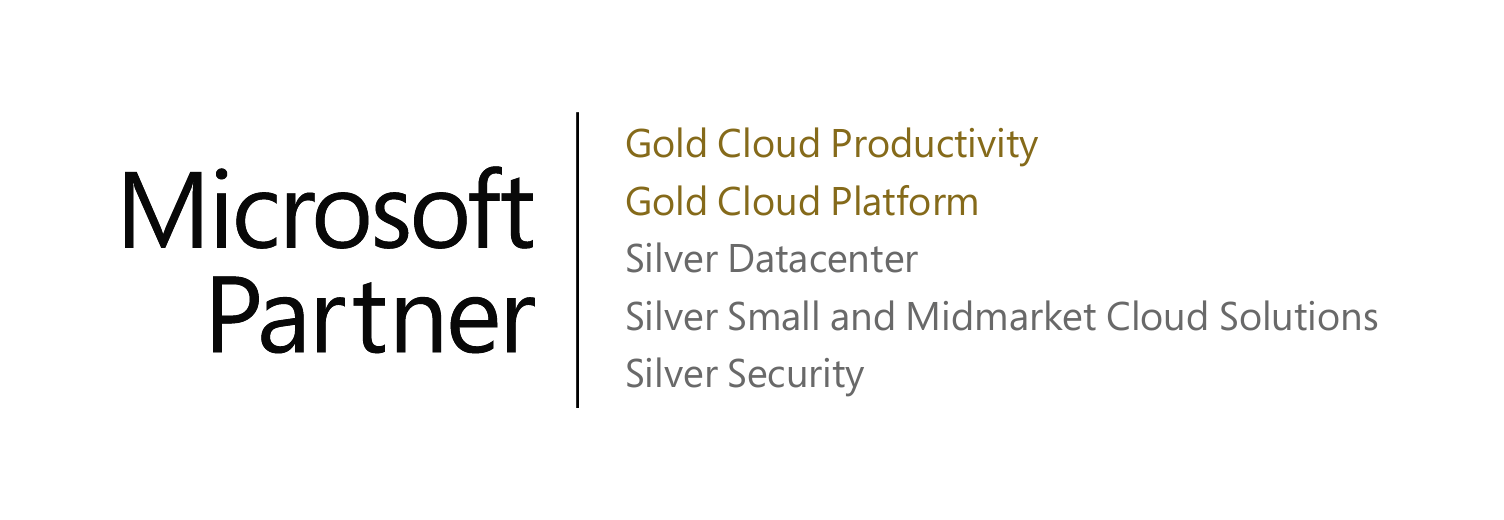10 Potential Performance Pitfalls of Your New Cloud Solution
There are a number of things that might cause you to experience reduced application performance or even downtime with your new cloud solution. But regardless of the reason, these issues can have a significant impact on your business operations.
In our experience implementing dozens of cloud migrations, we typically see companies tripped up by one of the following 10 pitfalls. Make sure you’re aware of them to ensure the optimal performance and user experience of your cloud environment.
1. Improper Resource Sizing: Underestimating or overestimating the resources required. Insufficient resources can result in slow response times and service disruptions, while overprovisioning can lead to unnecessary costs. To avoid this make sure to perform load testing and capacity planning to determine the appropriate resource allocation.
2. Network Latency: Cloud services often involve data transfer over the internet, which can introduce network latency. This can impact the responsiveness of your application, especially if your users are geographically dispersed. Choose cloud regions strategically, use content delivery networks (CDNs), and optimize data transfer to minimize latency.
3. Data Storage and Retrieval Bottlenecks: If your application relies heavily on databases or storage services, inefficient data storage and retrieval mechanisms can become bottlenecks. Make sure you’ve properly designed and optimized your data architecture, used caching where appropriate, and considered using distributed databases for scalability.
4. Poorly Optimized or Inefficient Code: Use best practices in coding and architecture to ensure that your application runs efficiently. Regularly review and optimize your codebase to identify and fix performance bottlenecks.
5. Lack of Monitoring and Scalability: Without proper monitoring and scalability planning, sudden spikes in traffic can overwhelm your application and cause slowdowns or outages. Implement automated scaling mechanisms to handle varying workloads and set up monitoring tools to detect performance anomalies.
6. Security and Compliance Impact: Overly strict security measures or compliance requirements can sometimes impact performance. It's important to strike a balance between security and performance to ensure that your application remains responsive while meeting necessary security and compliance standards.
7. Vendor-Specific Limitations: Different cloud providers have unique offerings and limitations. Designing your application too tightly around one vendor's services might limit your ability to switch or scale in the future. Consider using cloud-agnostic solutions or adopting a multi-cloud strategy to mitigate this risk.
8. Not Leveraging Managed Services: Cloud providers offer a variety of managed services that can simplify certain aspects of application development and management. Not utilizing these services can lead to additional complexity and lower performance. Take advantage of managed services for databases, caching, and other critical components.
9. Monolithic Architectures: Building a monolithic application architecture in the cloud can limit your ability to scale and optimize individual components. Consider adopting microservices or serverless architectures to enable better scalability and resource utilization.
10. Ignoring Cost-Performance Trade-offs: Pursuing the highest level of performance without considering cost implications can lead to excessive spending. It's important to find a balance between performance and cost-effectiveness, leveraging appropriate resources and services.
IT Disaster Recovery Downtime Calculator
Downtime can be devastating.
Do you know how much a potential IT incident would cost your organization?
Find out now by using our simple Downtime Cost Calculator.
Get Your Free Cloud Cost Analysis
Learn how to understand and optimize Azure cloud costs.
Are you using what you’re paying for?
Where can you save money?
How can you optimize your Azure?
Let our implementation experts help you navigate the complexities of your organization’s cloud and gain control over expenses.




